What to do if the door is twisted
The door, which unexpectedly ceased easily and without the slightest resistance to let you into a house or room, is not a pleasant surprise. And in such a situation you should not rely on the Russian "maybe", hoping that this construction will "change its mind" and return to its original state. It is much easier and safer for you personally to figure out what to do if the door is bent and to make the chosen decision a reality, that is, to adjust this very door.
Reasons for skewing the door
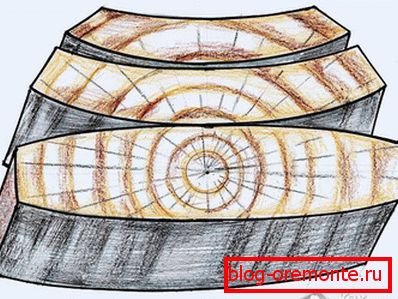
If the door is wooden, then the reason for the bias was most likely the effect of moisture. Water, hitting the thickness of the door, made it swell, and as a result, the door began to “cling” to the door frame.
A heavy wooden door may twist due to improper hinges for it. Remember that solid wooden doors (which you could hardly tear off the floor have not yet hung them in the doorway) should be hung on three rather than two hinges.
But metal doors are not deformed by the action of water. But they can also skew, if the loops for their weight were chosen incorrectly. Another reason why a metal door may be skewed is the wrong initial installation.
In addition, both wooden doors and metal doors can be skewed due to a violation of the doorway geometry. This often occurs in new homes, which are still continuing shrinkage of structures.
Distorted due to door hinges

If the cause of the skew, in your opinion, was the wrong number of door hinges (or the use of hinges made of softer material than necessary), you can go two ways:
- first, just replace the hinges with more powerful ones;
- second, add a third (and, if necessary, a fourth) loop.
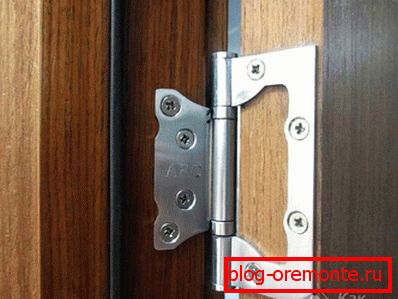
Now in the building stores you can find door hinges that do not require tie-in either in the door leaf or in the box. Therefore, they can be installed in place even without removing the door leaf from the hinges (just do not forget to first correct the position of the door before screwing new hinges on it).
Perhaps a small washer, planted in the middle of the door hinge, can also solve the problem. It will raise the entire door leaf by 1-2 millimeters (depending on its thickness) and the problem will be solved.
Changing the doorway geometry
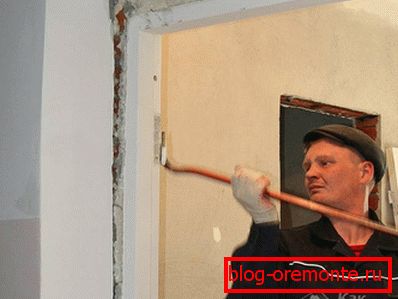
In this case, the probability that the door will independently cease to cling to the bottom or top of the door frame still exists. However, while this happens, the door leaf can be badly damaged.
Before you make the final decision - outweigh the door, sap it (if it is a wooden door) or leave everything without touching - pay attention to the gap between the door leaf and the box. If they have become very noticeable, it is better to move the door. Do not forget to keep track of whether the right angle between the horizontal and vertical elements of the door frame has been preserved. If the bias has become strong, you will have to change the door frame. You can also try simply rearranging the old doorframe if you can remove it carefully.
Swollen door
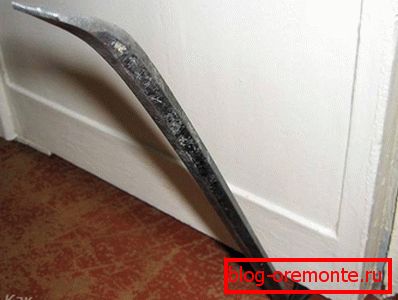
If the wooden door has absorbed water and is swollen, then you should not hope that it will return to its previous shape when it dries. Most often, after the impact of water begins the process of warping, and the door will still not ideally close. In this situation, you can also choose one of three solutions:
- for the time being, leave everything as it is in the hope that the door will still “come to its senses”;
- replace the door leaf;
- replace the door frame.
However, first of all, you need to eliminate the reason why water got so close to your door. If we are talking about the doors inside the apartment or house, the reason usually lies in poorly functioning ventilation. The bathroom door most often suffers from moisture, so be sure to check if a piece of paper is attracted to the ventilation grille located there with one open window in the apartment. If there is no traction, then the question of ventilation will have to be addressed closely.
Most often, poor ventilation occurs in houses and apartments in which new plastic windows have been installed. The absence of cracks for which the old wooden windows were “famous” led to the fact that the air from the street comes into the apartment only when the window is open. And since in the winter the windows open rarely, then the ventilation in the kitchen (if there is no electric extractor) and in the bathrooms stops working. To solve this problem, it is recommended to install exhaust valves on all windows (or just keep one vent window ajar).
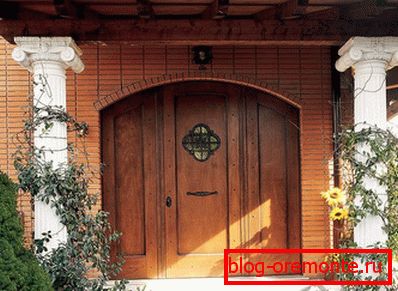
If the entrance wooden door has suffered from the impact of water, then you will have to make a visor over it (and if it is, then expand it so that during the rain the drops do not fall on the door leaf). It is also recommended to cover the wooden door in several layers with protective compounds for wood (from all sides, each time waiting for their full absorption).